
views
Prime Minister Narendra Modi celebrated the least expected individual in his Independence Day speech on Sunday: The “chhota kisan” or the small and marginal farmer, eking out a livelihood drawn from the little fragments of land he owns. He exists on the periphery of agriculture and is never seen or heard in the vocal protests staged by farmers because he is not counted in the prosperous community of agriculturists who possess much larger land holdings, employ farm hands, own tractors, pumps and mechanised equipment and deal with big retailers. Modi championed the small and marginal farmer to such a degree that it birthed a new slogan: “Chhota kisan bane desh ki shaan” (may the small farmer become the country’s pride). The future tense in the phrase is predicated on a slew of promises held out by the PM: From offering cheap bank loans; access to the government’s fiscal crop insurance scheme; many more warehouses that will potentially save their highly perishable produce from rotting or being thrown away; augment the minimum support price by 1.5 times the cost of production; set up farmers’ producers organisations; and digitise land records using drones which obviate or at least lessen the chance of long, tangled disputes and facilitate access to loans.
Modi’s announcements should be contextualised in the 10th agricultural census (2015-16) which defined small and marginal farmers as those owning less than 2 hectares. They account for 86.2% of all farmers in India but possess just 47.3% of the crop area. Their plight is accentuated by another statistic. Farmers holding semi-medium and medium land holdings between 2 and 10 hectares account for just 13.2% of all farmers but own 43.6% of all crop area. The report noted that as holdings became more fragmented over two referenced periods, 2010-11 and 2015-16, holdings also continue to be inequitably distributed. The population of small and marginal farmers rose from 84.9 to 86.2% in this period. The overall number of operational holdings grew from 138 million to 146 million, with Uttar Pradesh accounting for the largest number at 23.8 million, followed by Bihar (16.4 million) and Maharashtra (14.7 million).
Untouched by the agrarian “revolutions” and reforms that transformed the face of farming after Independence, like the implementation of the Land Ceiling law and the concomitant land redistribution, the Green Revolution, sophisticated production means, and marketing, the “chhota kisan” is usually sighted in the village “haat” or markets, hawking vegetables and sometimes pulses. These are the surplus produce he is left with after the rest is consumed for his family’s sustenance.
However, Modi’s championing of the hitherto faceless “kisan” has deeper connotations. One has to look no farther than UP to reckon what the import is. The huge swath of small and marginal farmers, spread throughout the state, comes from the more backward castes and the extremely backward castes. As with the agricultural reforms, the gains from reservations in education and jobs for the Other Backward Classes passed over these communities. If the agrarian reforms gave an identity and empowered an intermediate caste such as the Jats who over time became as economically powerful as the Rajputs, they also lifted certain backward castes, notably the Yadavs, Kurmis and Lodh-Rajputs. From financial empowerment flowed other rights and privileges like education and positions in government. Importantly, the beneficiaries of the agrarian reforms and the statutory quotas acquired political power on a par with the upper castes and overturned caste equations in UP. Through all this, the small and marginal farmers remained passive spectators and mute players, who were not even regarded as “vote banks”.
The MBCs and EBCs are at best, floating voters, who gravitate towards the prospective winner, days before voting. Since 2014, they moved to the BJP and remained with the party in the 2017 assembly and the 2019 Lok Sabha elections. In this category fall the Saini (also known as Malli and Baghban), Kachi, Kachi-Kushwaha, Shakhya and Rajbhar. Since 2014, when the BJP actively wooed Om Prakash Rajbhar’s Bharatiya Suheldev Samaj Party and cemented an alliance (that has since come apart), the Rajbhars acquired a caste character and refused to be clubbed with the rest of the MBCs and EBCs. While Hindutva was a gravitational pull towards the BJP for the MBCs and EBCs, after Amit Shah astutely identified and promoted local caste role models to enhance the BJP’s appeal for these communities, the changed circumstances over the last few years might have detracted from religion’s potency.
The farmers’ protests, principally in West UP, over the Centre’s new farm laws, have caused a perceptible churn among Jats who also voted for the BJP since 2014. The agitation was spearheaded by the community under the Bharatiya Kisan Union (BKU)’s banner. The BKU said it had the backing of all the agricultural castes but that was not borne out by ground assessments.
The Sainis and Shakhyas, who form the “chhota kisan” cadre in the western region, plainly refused to be part of a Jat-led movement. The refusal highlighted the inherent contradictions between a powerful land-owning caste and the less well-off castes, but more importantly, it showed there was political awakening among the MBCs and EBCs that prompted them to reject the Jat leadership. The BJP is probably looking to regroup the vast expanse of the MBCs and EBCs who will easily outnumber the Jats. Modi’s Independence Day slogan is expected to give traction to this strategy that marks another development in UP’s fluid politics.
(The views expressed in this article are those of the author and do not represent the stand of this publication.)
Read all the Latest News, Breaking News and Assembly Elections Live Updates here.













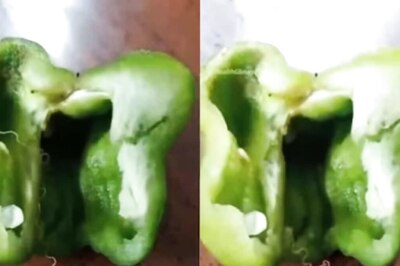
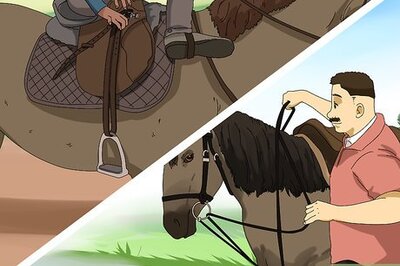
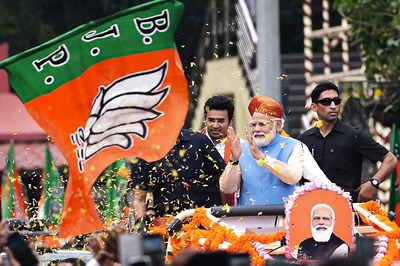
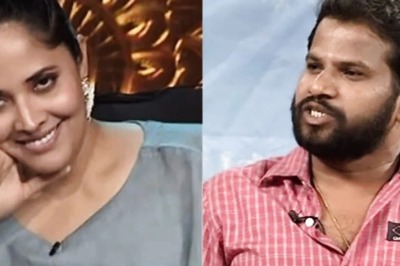

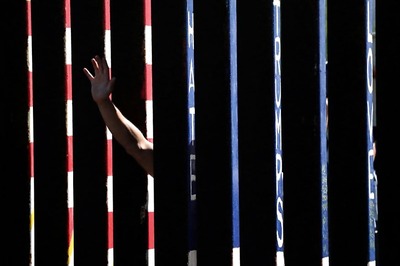
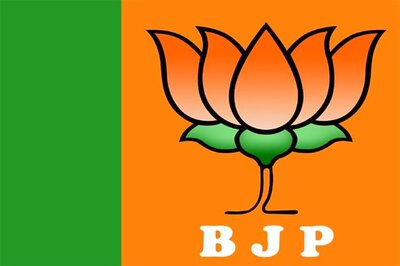
Comments
0 comment